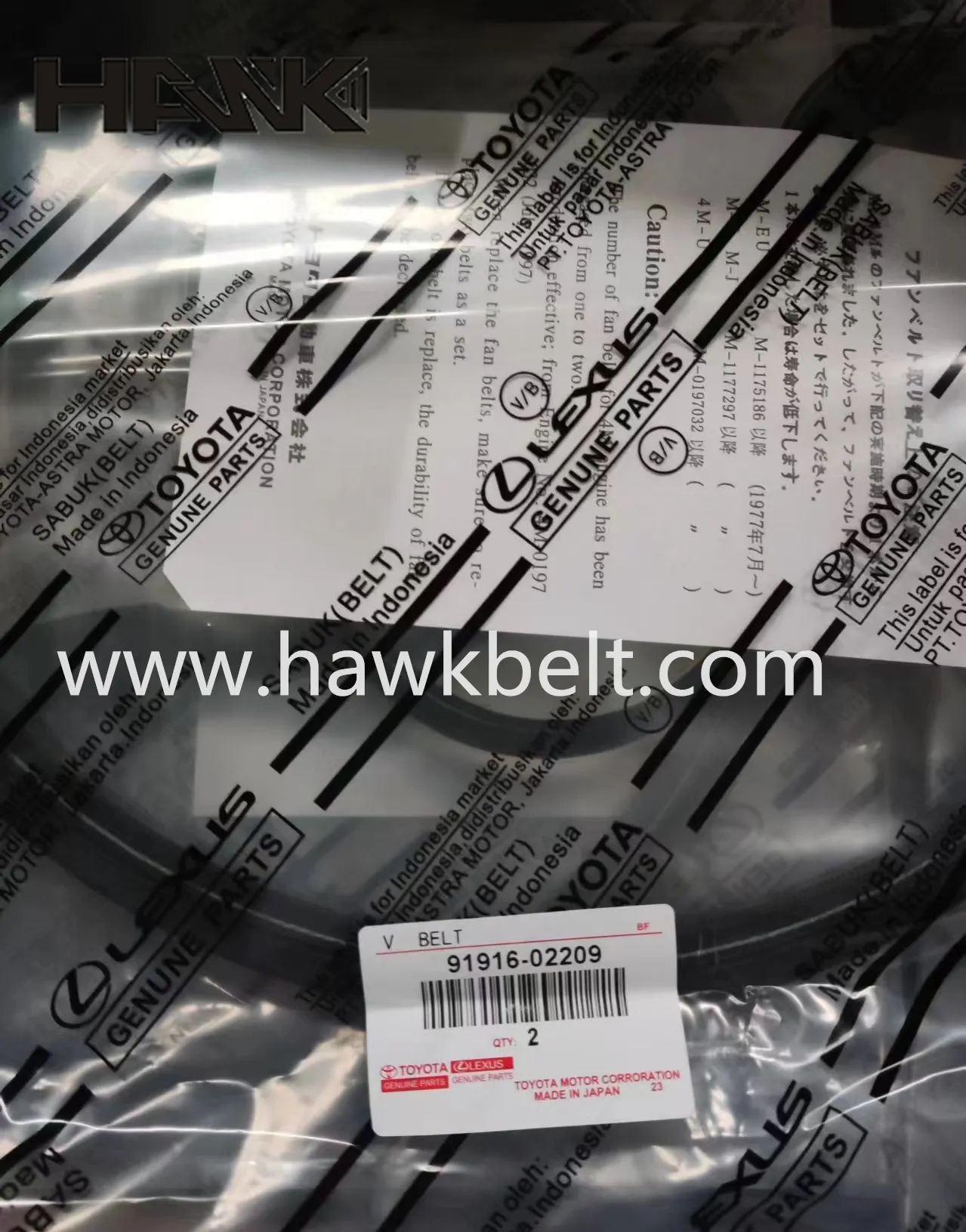- Arabic
- French
- Russian
- Spanish
- Portuguese
- Turkish
- Armenian
- English
- Albanian
- Amharic
- Azerbaijani
- Basque
- Belarusian
- Bengali
- Bosnian
- Bulgarian
- Catalan
- Cebuano
- Corsican
- Croatian
- Czech
- Danish
- Dutch
- Afrikaans
- Esperanto
- Estonian
- Finnish
- Frisian
- Galician
- Georgian
- German
- Greek
- Gujarati
- Haitian Creole
- hausa
- hawaiian
- Hebrew
- Hindi
- Miao
- Hungarian
- Icelandic
- igbo
- Indonesian
- irish
- Italian
- Japanese
- Javanese
- Kannada
- kazakh
- Khmer
- Rwandese
- Korean
- Kurdish
- Kyrgyz
- Lao
- Latin
- Latvian
- Lithuanian
- Luxembourgish
- Macedonian
- Malgashi
- Malay
- Malayalam
- Maltese
- Maori
- Marathi
- Mongolian
- Myanmar
- Nepali
- Norwegian
- Norwegian
- Occitan
- Pashto
- Persian
- Polish
- Punjabi
- Romanian
- Samoan
- Scottish Gaelic
- Serbian
- Sesotho
- Shona
- Sindhi
- Sinhala
- Slovak
- Slovenian
- Somali
- Sundanese
- Swahili
- Swedish
- Tagalog
- Tajik
- Tamil
- Tatar
- Telugu
- Thai
- Turkmen
- Ukrainian
- Urdu
- Uighur
- Uzbek
- Vietnamese
- Welsh
- Bantu
- Yiddish
- Yoruba
- Zulu
اکتبر . 15, 2024 16:18 Back to list
Difference between timing belts and timing chains in automotive engines
Understanding Timing Belts and Timing Chains
When it comes to the performance and reliability of an engine, timing belts and timing chains play critical roles in ensuring that everything runs smoothly. Though both serve the same purpose—synchronizing the camshaft and crankshaft of an engine—there are distinct differences between the two, each with its advantages and disadvantages.
Timing Belts
Timing belts, typically made from rubber and reinforced with nylon or other materials, are well-known for their quiet operation and lightweight characteristics. They operate by connecting the crankshaft to the camshaft(s), ensuring that the engine’s valves open and close at the appropriate times relative to the position of the pistons, thereby optimizing performance and efficiency.
One of the most significant benefits of timing belts is their cost-effectiveness. They are generally less expensive to manufacture and replace compared to timing chains. Moreover, timing belts require less maintenance, though they do need to be replaced regularly—typically every 60,000 to 100,000 miles—to prevent them from snapping, which can lead to catastrophic engine failure.
However, timing belts have their downsides. Being made of rubber, they are more susceptible to wear and tear from heat, oil, and aging. If a timing belt breaks, it can cause significant damage to the engine, especially in interference engines, where the pistons and valves occupy the same space at different times.
Timing Chains
timing belt and timing chain

On the other hand, timing chains are made of metal and generally offer a longer lifespan than timing belts. Designed to withstand more extreme conditions, timing chains are typically found in performance-oriented vehicles and engines that require durability and reliability. Unlike timing belts, chains do not have a strict replacement interval, although they still need periodic inspection for wear.
One of the significant advantages of timing chains is their durability. They are less likely to fail suddenly, as they are designed to last the life of the engine in many cases. Additionally, timing chains can often contribute to better performance due to tighter tolerances and improved synchronization of engine components.
However, timing chains are not without their drawbacks. They tend to be heavier than belts, resulting in slightly more engine weight and less efficiency. Furthermore, while they typically last longer, timing chains can still stretch over time, leading to issues such as rattle noises or timing inaccuracies, which can eventually necessitate replacement or adjustment.
Making a Choice
When it comes to choosing between a vehicle with a timing belt or a timing chain, there are several factors to consider. Owners of vehicles with timing belts should be vigilant about maintenance schedules and replacements, while those with timing chains should ensure regular inspections to monitor for wear.
In conclusion, both timing belts and timing chains have their unique pros and cons. The choice between the two often comes down to the specific vehicle model, driving habits, and budget considerations. As automotive technology continues to evolve, understanding these components will be essential for vehicle maintenance and longevity. Whether you're a car enthusiast or simply a vehicle owner, appreciating the differences between timing belts and timing chains can enhance your understanding of vehicle performance and maintenance requirements.
-
Korean Auto Parts Timing Belt 24312-37500 For Hyundai/Kia
NewsMar.07,2025
-
7PK2300 90916-T2024 RIBBED BELT POLY V BELT PK BELT
NewsMar.07,2025
-
Chinese Auto Belt Factory 310-2M-22 For BMW/Mercedes-Benz
NewsMar.07,2025
-
Chinese Auto Belt Factory 310-2M-22 For BMW/Mercedes-Benz
NewsMar.07,2025
-
90916-02660 PK Belt 6PK1680 For Toyota
NewsMar.07,2025
-
drive belt serpentine belt
NewsMar.07,2025

